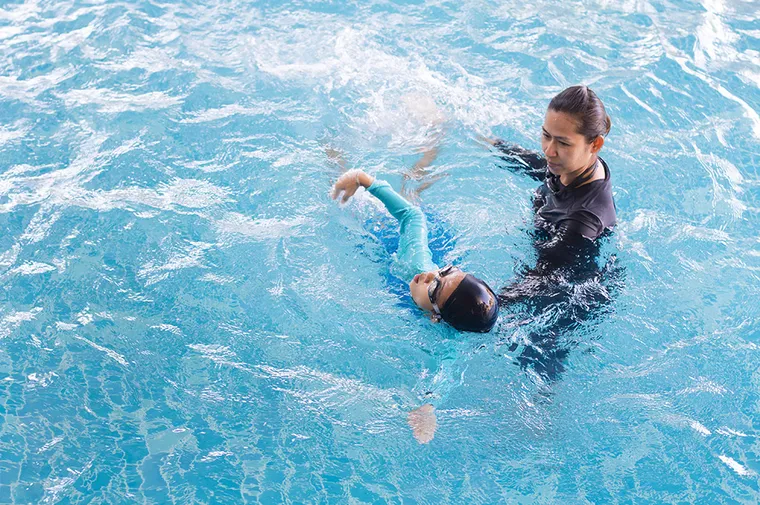In water safety, saving lives requires a multifaceted approach
As temperatures rise and water activities resume, the average resident probably has sights set on a summer of fun. Be it the community pool or the nearest lake, there’s no shortage of ways to maximize days on the water. But as joyful as this time of year can be, parks and recreation officials are tasked with thinking about (and preventing) all that could go wrong.
“Drowning rates are still elevated from where they were prior to the pandemic,” says Adam Katchmarchi, CEO of the National Drowning Prevention Alliance (NDPA).
From 2000 to 2020, he says, the drowning rate across all age groups was roughly 1.1-1.2 per 100,000 people. But in 2020 and 2021, which Katchmarchi highlights as two of the worst drowning years on record in the last two decades, the drowning rate was “100% elevated.”
Stabilizing those rates and saving residents’ lives requires not just urgent attention but multifaceted action plans that incorporate different groups and agencies, and that consider the causes of drowning from every angle.
A “#SplashSavvy” Approach
Arizona sees sunny weather almost year-round, and many households have backyard pools, meaning parks and recreation departments can’t always step in directly.
“That leads to concerns regarding water safety,” says Kevin Goodrich, Aquatic Recreation Supervisor for Marana Parks & Recreation. It’s up to residents to follow regulations around proper fencing and stay up to speed on water-safety best practices. The same goes for visitors to open bodies of water, where residents’ misconceptions can influence their decision-making.


